John James0521864631, 9780521864633, 9780511275487
Table of contents :
Cover……Page 1
Half-title……Page 3
Title……Page 5
Copyright……Page 6
Contents……Page 7
Preface……Page 11
Acknowledgements……Page 13
1 A brief history of spectroscopy……Page 15
2 The relevant regions of the electromagnetic spectrum……Page 20
2.1 The limits of optical spectrography……Page 22
3.1 Rays and wavefronts……Page 24
3.2 Instrumental optics……Page 25
3.4 Gaussian optics……Page 26
3.4.1 The thin lens……Page 27
3.4.3 Aplanatic surfaces and lenses……Page 29
3.4.4 Systems of two lenses……Page 31
3.4.5 Principal planes……Page 32
3.4.6 Nodal planes……Page 33
3.6.2 Numerical aperture……Page 34
3.6.5 The iris and the pupils of a system……Page 35
3.8 The Helmholtz–Lagrange invariants……Page 37
3.10 Black body radiation……Page 39
3.10.1 Spectral power density……Page 40
4 Optical aberrations……Page 42
4.3.1 Spherical aberration……Page 43
4.3.2 Coma……Page 44
Sagittal coma……Page 45
4.3.3 Astigmatism……Page 46
4.3.4 Astigmatism and field curvature……Page 47
4.3.5 Distortion……Page 48
4.4.1 Fraunhofer’s theorem……Page 49
4.5 Aberration coefficients for mirrors……Page 51
4.5.2 Chromatic aberration……Page 52
4.6 The achromatic doublet……Page 53
5.1 Fourier transforms……Page 55
5.3 Convolutions……Page 56
5.3.2 Convolution algebra……Page 58
5.5.1 The ‘top-hat’ function……Page 59
5.5.3 The Lorentz function……Page 60
5.5.5 Separation of the components of a Voigt profile……Page 61
5.5.7 The Dirac comb……Page 62
5.6.1 The sampling theorem……Page 63
5.7 Aliasing……Page 65
6.1 Fraunhofer diffraction……Page 66
6.1.1 Single-slit diffraction……Page 67
6.1.4 Diffraction with oblique incidence……Page 68
6.2 Two-dimensional apertures and oblique incidence……Page 69
7.2 The traditional prism spectrograph……Page 71
7.4 The Littrow mounting……Page 73
7.5 The Pellin–Broca prism……Page 74
7.6 Focal isolation……Page 75
8.1 The shape of a monochromatic line spectrum……Page 77
8.1.1 The grating equation……Page 80
8.2 Blazing of gratings……Page 81
8.3 Apodising……Page 82
8.4 Order overlap and free spectral range……Page 83
8.5.1 Rowland ghosts……Page 84
8.5.2 Lyman ghosts……Page 85
8.6 The complete grating equation……Page 86
8.6.1 Distortion of line shapes……Page 87
8.6.2 The circular slit theorem……Page 89
8.8 Mounting configurations……Page 90
8.8.1 The Ebert–Fastie mounting……Page 91
8.8.2 The Littrow mounting……Page 92
8.8.3 The Pfundt mounting……Page 93
8.8.4 The Czerny–Turner mounting……Page 94
8.8.5 The Rosendahl condition……Page 95
8.8.6 The generalised Rosendahl condition……Page 96
8.8.7 The fiat-field condition……Page 97
8.8.8 Alternative spectrographic mountings……Page 98
8.8.9 Transmission gratings……Page 99
8.8.10 Holographic gratings……Page 101
9.1 The Rowland grating……Page 103
9.2.1 The Rowland mounting……Page 106
9.2.3 The Paschen–Runge mounting……Page 107
9.2.5 The Wadsworth stigmatic mounting……Page 108
9.3 The concave grating as a monochromator……Page 110
9.4.1 Astigmatic curvature……Page 111
9.5 Practical details of design……Page 112
10.1 The phase angle……Page 115
10.3 Fabry–Perot theory……Page 116
10.4.1 Scanning in wavelength……Page 118
10.4.2 Mechanical scanning……Page 119
10.4.3 Pressure scanning……Page 121
10.5 The Fabry–Perot CCD spectrograph……Page 122
10.5.1 The L-R product……Page 123
10.7 Reference fringes……Page 124
10.8 Extraction of the spectrum……Page 125
10.9 Choice of the resolution and gap……Page 126
10.10 The ‘crossed’ Fabry–Perot spectrograph……Page 127
11.1 The principles of Fourier spectrometry……Page 128
11.2 The multiplex advantage……Page 131
12 Detectors……Page 134
12.1.2 Visible and near UV emulsions……Page 135
12.2.1 Photocells and photomultipliers……Page 136
12.3.2 The dispersion relation……Page 137
12.4 Exposure limitations……Page 138
12.5 CCD software……Page 139
12.7 Spectrograph calibration……Page 140
13.1 Fore-optics……Page 142
13.1.2 The telecentric stop……Page 143
13.2 The astronomical telescope as fore-optics……Page 144
13.2.1 Slitless spectrography……Page 145
13.3 Focal reducers……Page 146
13.5 Scattered light and baffiing……Page 148
13.5.3 External baffies……Page 149
13.6.1 White cells……Page 150
13.7 Fibre optical input……Page 151
14.2 Initial layout……Page 153
14.4 Computer ray tracing……Page 154
14.5 Refinement of the optical design……Page 155
14.5.1 Initial alignment……Page 156
14.5.3 Local minima……Page 157
14.6 Requirements of a ray-tracing program……Page 158
14.6.1 Worked example……Page 159
15.1 The optical layout……Page 164
15.1.2 The main frame……Page 165
15.1.3 Mirror and lens holders……Page 167
15.1.4 Mirror adjustments……Page 169
15.1.5 Grating holders……Page 170
15.1.6 The grating turntable……Page 172
15.1.7 Entry and exit slits……Page 173
15.1.9 Access……Page 175
15.2 Optical materials……Page 176
15.4 Refiectors……Page 177
15.4.2 Diffraction gratings……Page 178
15.5 Metals for construction……Page 179
15.5.1 Journal bearings……Page 180
15.6.1 Protective coatings and paint……Page 181
16.1 Sensitivity calibration……Page 182
16.2.1 Infra-red calibration……Page 183
16.4 Absorption measurements……Page 184
17.1 The optical alignment……Page 186
17.2 The focus……Page 187
Aberration coefficients for lenses……Page 189
The diameter of the ‘circle of least confusion’……Page 190
Petzval’s theorem……Page 191
Flat-field conditions……Page 192
Solar Fraunhofer lines……Page 193
Passive wavelength standards……Page 194
Appendix 3: The evolution of a Fabry–Perot interference spectrograph……Page 197
Appendix 4: The common calibration curve in silver halide spectrophotometry……Page 200
Bibliography……Page 201
Index……Page 202
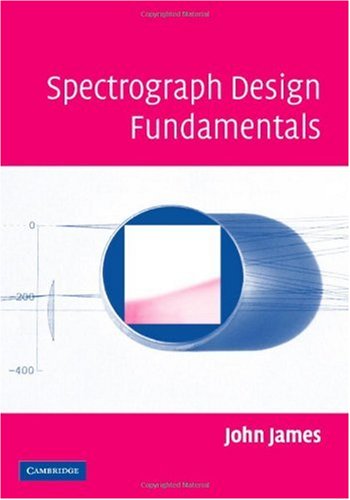
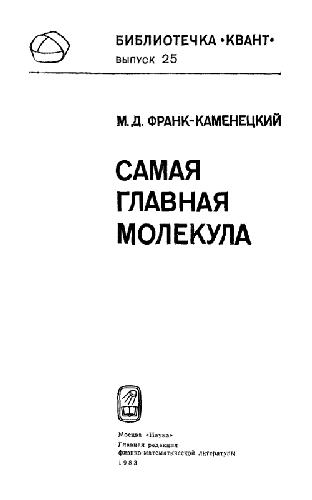
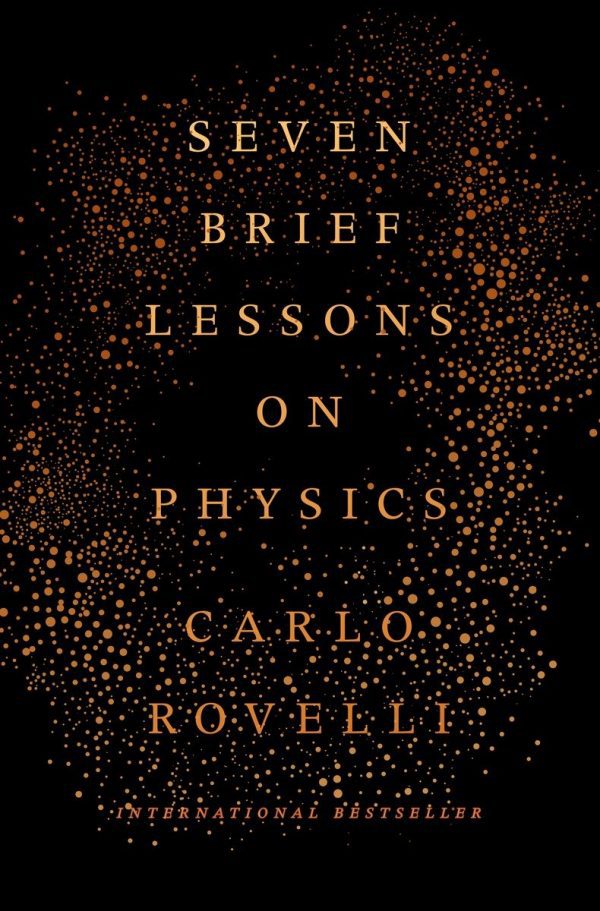
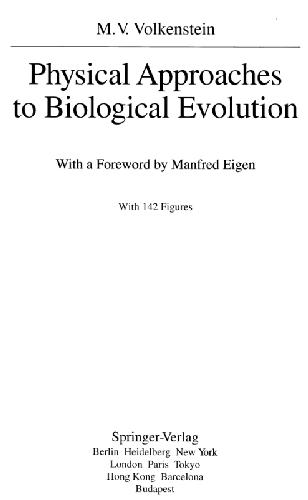
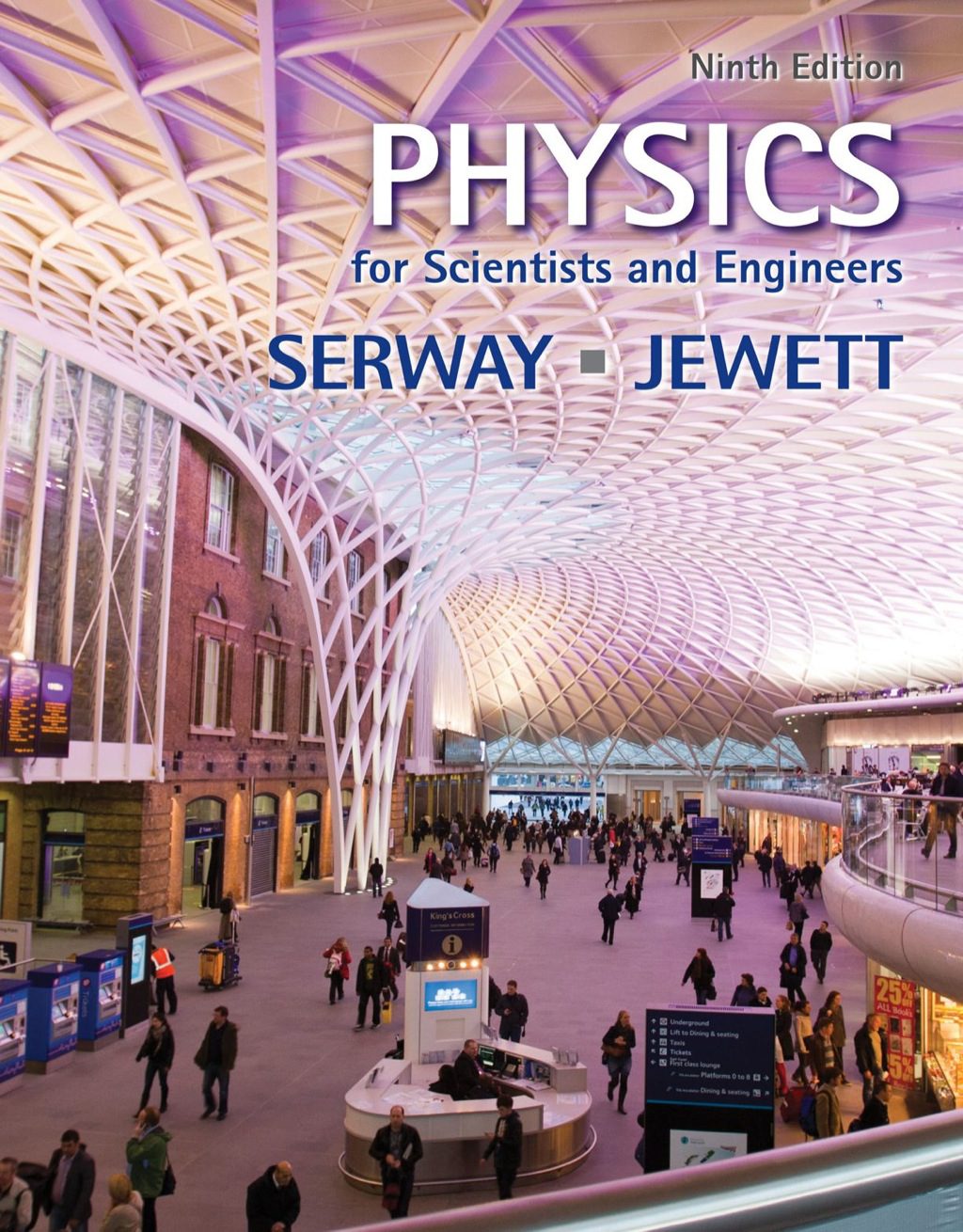

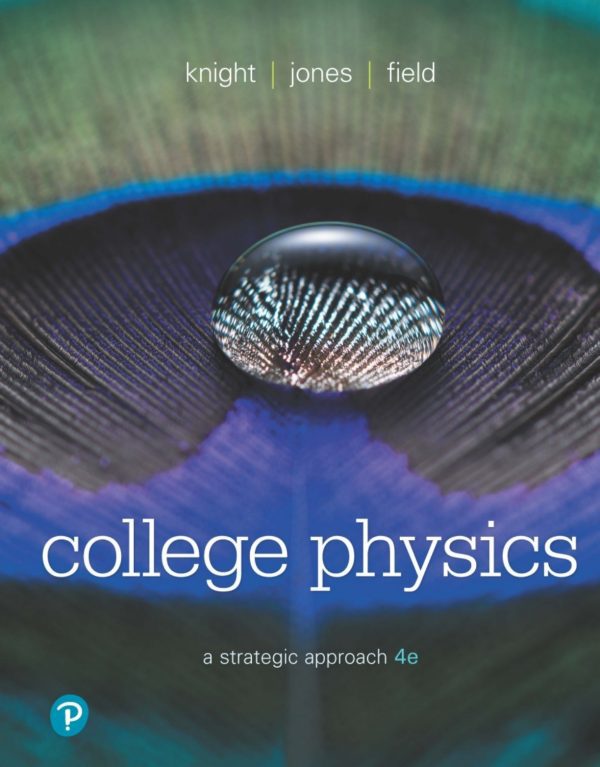
Reviews
There are no reviews yet.